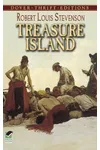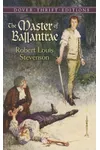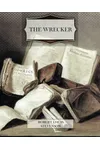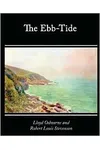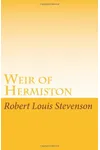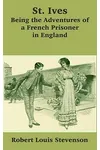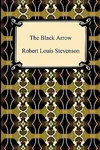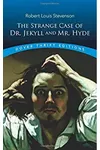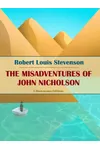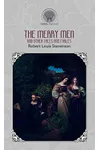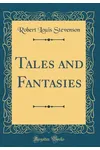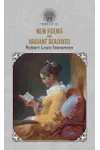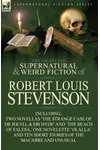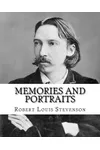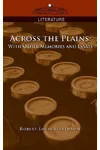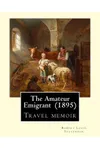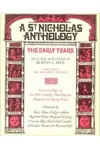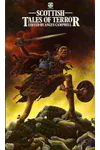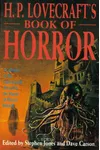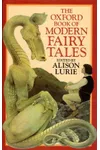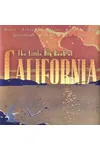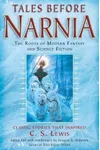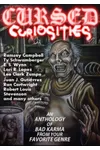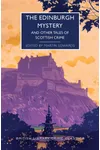Picture a Scottish storyteller who sailed readers to treasure-filled islands and shadowy London streets—meet Robert Louis Stevenson! Born in 1850, this literary giant spun tales like Treasure Island and The Strange Case of Dr. Jekyll and Mr. Hyde that still thrill us today. Despite frail health, his vivid imagination crafted stories that dance between adventure, mystery, and the human soul.
Stevenson’s knack for storytelling made him a 19th-century rockstar, with works translated worldwide. His tales of pirates, duality, and far-off lands continue to inspire writers and captivate readers. Let’s dive into the life and legacy of this remarkable author!
The Making of Robert Louis Stevenson
Born on November 13, 1850, in Edinburgh, Scotland, Robert Louis Stevenson grew up in a city of misty streets and rich history. His father, a lighthouse engineer, hoped he’d follow suit, but young Robert was drawn to words, not blueprints. Plagued by tuberculosis, he spent much of his childhood in bed, where stories became his escape. Influenced by Scottish folklore and authors like Walter Scott, he began writing essays and travelogues in his twenties, honing a style that sparkled with wit and clarity.
His early works, like An Inland Voyage, showcased his love for travel and observation. Marriage to Fanny Osbourne in 1880 brought stability and adventure, as the couple roamed Europe and the Pacific. These journeys fueled his restless creativity, setting the stage for his iconic novels.
Robert Louis Stevenson’s Unforgettable Stories
Stevenson’s breakthrough came with Treasure Island (1883), a swashbuckling tale of pirates, maps, and mutiny. Originally written for his stepson, this adventure novel introduced the unforgettable Long John Silver and set the gold standard for pirate stories. Its fast-paced plot and vivid characters still make it a favorite for all ages.
In 1886, Stevenson unleashed The Strange Case of Dr. Jekyll and Mr. Hyde, a chilling exploration of human duality. Written in a feverish burst, this novella gripped Victorian readers with its psychological depth and moral questions. Its influence echoes in modern thrillers and pop culture, from superhero comics to TV dramas.
Other gems include Kidnapped (1886), a historical adventure steeped in Scottish identity, and A Child’s Garden of Verses (1885), a poetry collection that captures childhood’s magic. Stevenson’s style—lively, visual, and emotionally rich—blended adventure with introspection, making his stories timeless.
Why Robert Louis Stevenson Matters
Stevenson’s impact stretches far beyond his books. He redefined adventure fiction, inspiring authors like J.M. Barrie and Ernest Hemingway. His exploration of identity and morality in Dr. Jekyll and Mr. Hyde paved the way for psychological fiction. Translated into countless languages, his works remain global treasures, studied in schools and adapted for film and stage.
Despite his short life—he died at 44 in Samoa in 1894—Stevenson’s legacy endures. His ability to craft stories that thrill, haunt, and delight ensures he remains a literary lighthouse, guiding readers to new worlds.
About Robert Louis Stevenson
- Born: November 13, 1850, Edinburgh, Scotland
- Key Works: Treasure Island, The Strange Case of Dr. Jekyll and Mr. Hyde, Kidnapped
- Died: December 3, 1894, in Samoa
- Fun Fact: He traveled the South Pacific, settling in Samoa, where locals called him 'Tusitala' (Teller of Tales).
Ready for a literary adventure? Snag Treasure Island or Dr. Jekyll and Mr. Hyde and dive into Stevenson’s thrilling worlds!


